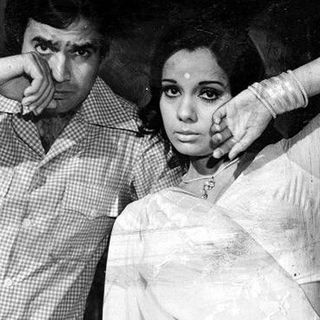Almost 44% of respondents interviewed in a global survey claim they trust the news during the pandemic, but the figure in India is much lower than the global average, according to a new report.
The “Digital News Report 2021,” by the Reuters Institute and the University of Oxford, looked at the impact of the pandemic on the media in terms of trust levels, economic stability, and changing business models. Globally, trust in the news has grown from last year, with people saying “they trust most news most of the time.” Out of the 46 countries surveyed, India ranked 31 in terms of overall trust in the news — only 38% of the respondents from India said they find the news credible, while others expressed concern about misinformation through WhatsApp and Facebook.
The survey sample mostly included formally educated, English-speaking, young Indians; while the findings are not to be taken as nationally representative, they point to growing distrust in news consumption in India.
How people trust the news in India depends on several factors: the reputation of the organization, brand associations, familiarity but notably not editorial practices or policies; strong opinions about bias and impartiality in journalism were also key issues that stood out.
While previous surveys have found that Indians have increased their news consumption since 2020, greater consumption does not equate to greater trust. “The lines between trustworthy journalism and entertaining media were at times indistinguishable,” a previous report of four countries — including Brazil, India, the U.K., and the U.S. — that measured trust levels stated said.
Notably, last year, public trust in the media was the lowest out of public trust levels in three entities: the media, government, and health professionals, according to YouGov.
Related on The Swaddle:
Tell Me More: Talking Media Ethics and Representation With Kavita Devi, Editor of Khabar Lahariya
In terms of medium, the report categorized news through television news, print media, and social media. While television news enjoyed greater popularity, viewers’ trust levels were lower when compared to legacy print media houses and government broadcasters like Doordarshan and All India Radio.
“Print brands, in general, are more trusted than television brands, which are far more polarized and sensational in their coverage,” the report stated. A case in point that the report mentions is that of Republic TV, which has a high viewership but also the highest level of distrust compared to all other channels and media houses. A Television Rating Points scandal that implicated Republic TV and two Marathi channels may have fuelled the “credibility crisis,” the report suggests.
The culture of “24×7 news channels operating on breaking news models and polarized debates,” is responsible for this model outweighing all others in terms of popularity. This trend is corroborated by another 2020 survey that showed that more people in India trust newspapers, especially during the Covid19 crisis.
Further, almost 73% of respondents accessed the news through their smartphones, perhaps owing to low data charges and cheap smartphone models that have emerged in recent years. The report flagged concerns about the growing popularity of WhatsApp, Telegram, Facebook, and similar messaging apps as a source of news — and consequently, misinformation — in the global south.
These users of social media and messaging apps are also more susceptible to misinformation and conspiracy theories, and resultantly have lesser trust in the news. From home remedies to treat Covid19 to vaccine hesitancy, many reports have shown the increased role of WhatsApp in spreading misinformation during the pandemic.
“The closed and encrypted nature of this network can make it harder for fact-checkers and others to spot and counter damaging information,” the report noted.
Overall, common patterns observed globally includes concerns about misinformation and fake news increasing this year.




